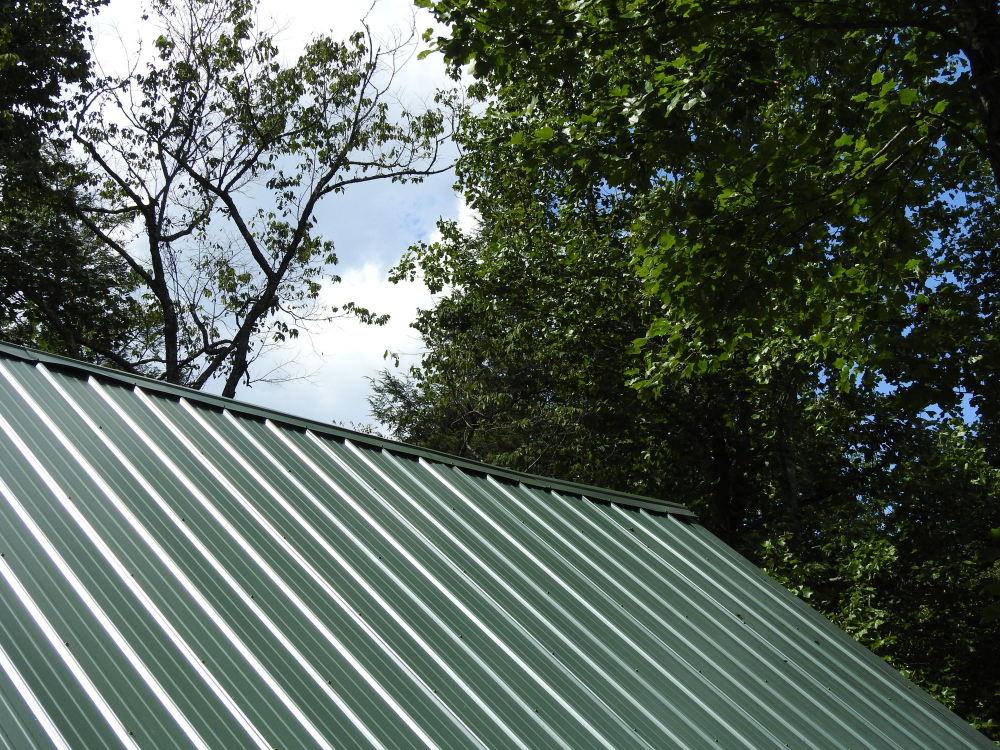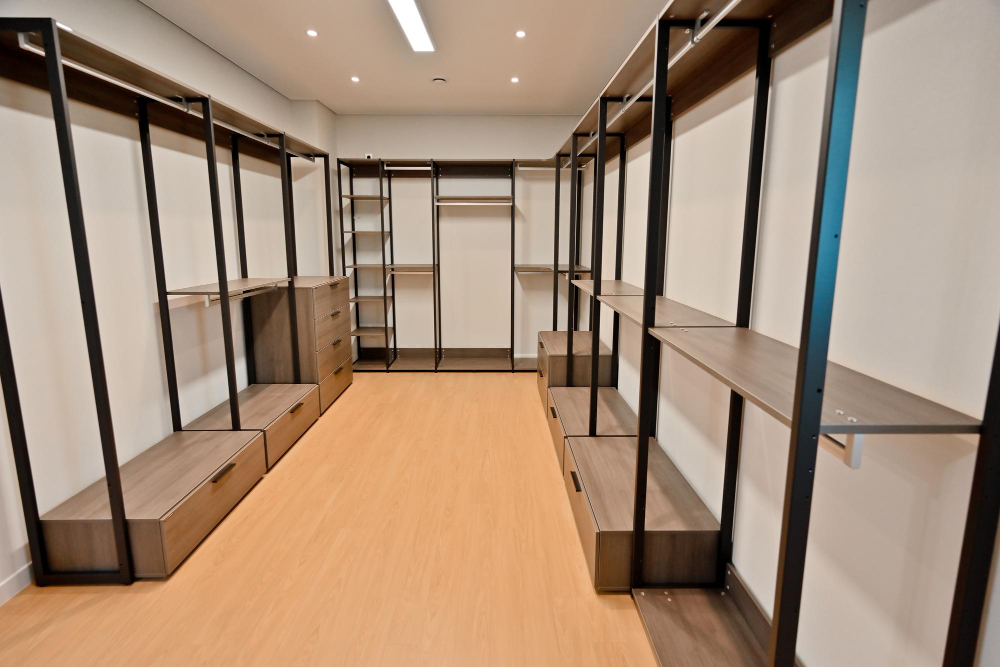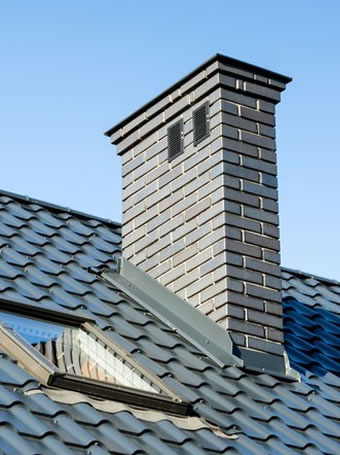Metal Roofing vs. Traditional Roofing: Pros and Cons You Need to Know

Understanding the critical role that roofing plays in protecting your home and impacting its overall energy efficiency is surely a challenge. If you are contemplating a roofing project, you may find yourself torn between metal roofing and traditional roofing options.
To help you make a decision, this article will present a comprehensive guide that outlines the pros and cons of metal roofing and traditional roofing. Particularly how various factors could influence your choice, with a special focus on metal roofing in the Philippines.
Overview of Roof Types
Metal Roofing
Aside from being durable and energy-effective, it has likewise become a standout in the field of design. Metals used in metal roofs are usually aluminum, steel, and copper. Particularly in tropical regions like the Philippines, metal roofing offers unique advantages that are hard to overlook.
Traditional Roofing
Traditional roofing includes asphalt shingles, clay tiles, slate, and wood. Such materials have been in use by many homeowners for decades. This is because each of them has its own set of characteristics and performance metrics, making them suitable for different applications and settings.
Pros of Metal Roofing
Durability and Longevity
Metal roofs are highly durable and often last for a long time. Most of them live between 40 to 70 years, which far surpasses traditional roofing materials. This means fewer replacements over the lifetime of the roof, making it a cost-effective option in the long run.
Energy Efficiency:
One of the standout features of metal roofing in the Philippines would have to be its energy efficiency. Metal roof reflects the solar radiant heat, which can help decrease cooling costs by as much as 10-25%. You can just imagine how much money is saved from energy bills with air conditioning which is almost a basic need in this tropical climate of the Philippines.
Environmental Impact
It is much more suitable for the environment since it is generally built from recycled material and is 100% recyclable when it reaches the end of its service life. As concerns about global warming are increasingly pressing in the world today, thus it could become a better choice.
Weather Resistance:
Metal roofs offer excellent weather resistance. They can withstand extreme weather conditions, including heavy rain, strong winds, and intense sunlight. This makes it particularly advantageous in the Philippines, where such weather conditions can be frequent.
Low Maintenance:
Another core advantage is the low maintenance requirement. Metal roofs are resistant to issues like mildew, insect infestation, and rot. Therefore, they seldom get damaged or require repairs compared to traditional roofing materials.
Disadvantages of Metal Roofing
Initial Cost
One of the primary drawbacks is the higher initial cost. Given it can be more expensive initially than traditional materials. However, the long-term benefits often offset this initial expenditure.
Noise Levels
Some of the major drawbacks of metal roofs are that they are noisier than the traditional type, especially during rain or even hail. While this may be reduced by using proper insulation, it does remain a key consideration for many homeowners.
Expansion and Contraction
Metal roofing can expand and contract with temperature changes. This may lead to issues if not properly installed, such as fasteners becoming loose over time.
Complex Installation
Installation of a metal roof calls for specialized knowledge and expertise. This can limit the availability of qualified installers and potentially increase installation costs.
Pros of Traditional Roofing
Affordability
Traditional roofing materials, like asphalt shingles, are generally more affordable in terms of initial cost. This makes them the best option for homeowners on a budget.
Aesthetic Variety
It comes in a diversity of colors and styles, thus giving great options to style senses. This gives the homeowner leeway toward the kind of look they would want for their houses.
Ease of Installation
The installation process for traditional roofing is generally straightforward and less technical, making it easier to find qualified contractors.
Sound Insulation
Traditional roofing materials are often more sound-insulating; this helps in reducing noise created by external factors like rain or even traffic.
Disadvantages of Typical Roofing
Lifespan
The traditional materials used for roofing usually have a shorter lifespan compared to their metal. For example, asphalt shingles generally last 20-30 years, which means more frequent replacements.
Frequent Maintenance
Traditional roofs often require more maintenance, including periodic inspections, repairs, and potential replacements. This can add to the long-term costs.
Impact on the Environment
Many traditional roofing materials are not recyclable and can contribute to landfill waste. This makes them less environmentally friendly compared to the former option.
Weather Vulnerability
Traditional roofs are more prone to damage from weather, such as wind uplift, hail, and moisture penetration. This can be of particular significance especially when considering the reality of extreme weather conditions like in the Philippines.
Cost Comparison
Initial Costs
While the initial costs of metal roofing can be higher, it’s also essential to consider the long-term savings due to its durability and energy efficiency.
Value Over Time
When evaluating long-term value, metal roofing often comes out ahead due to its extended lifespan, low maintenance, and energy savings. This makes it a more cost-effective option over the life of the roof, despite the higher initial investment.
Key Takeaway
In conclusion, both metal roofing and traditional roofing have their unique advantages and disadvantages. While the former excels in durability, energy efficiency, and weather resistance, making it an excellent choice, especially for the Philippines’ tropical climate. Do note that it comes with higher initial costs and potential noise issues. On the other hand, the latter is more affordable upfront and offers greater aesthetic variety but may require more maintenance and have a shorter lifespan.
Always remember that when choosing between traditional roofing and metal roofing in the Philippines, it’s essential to consider your specific needs, budget, and the climatic conditions of your region. Your decision should balance the initial investment with long-term benefits, performance, and overall sustainability.








